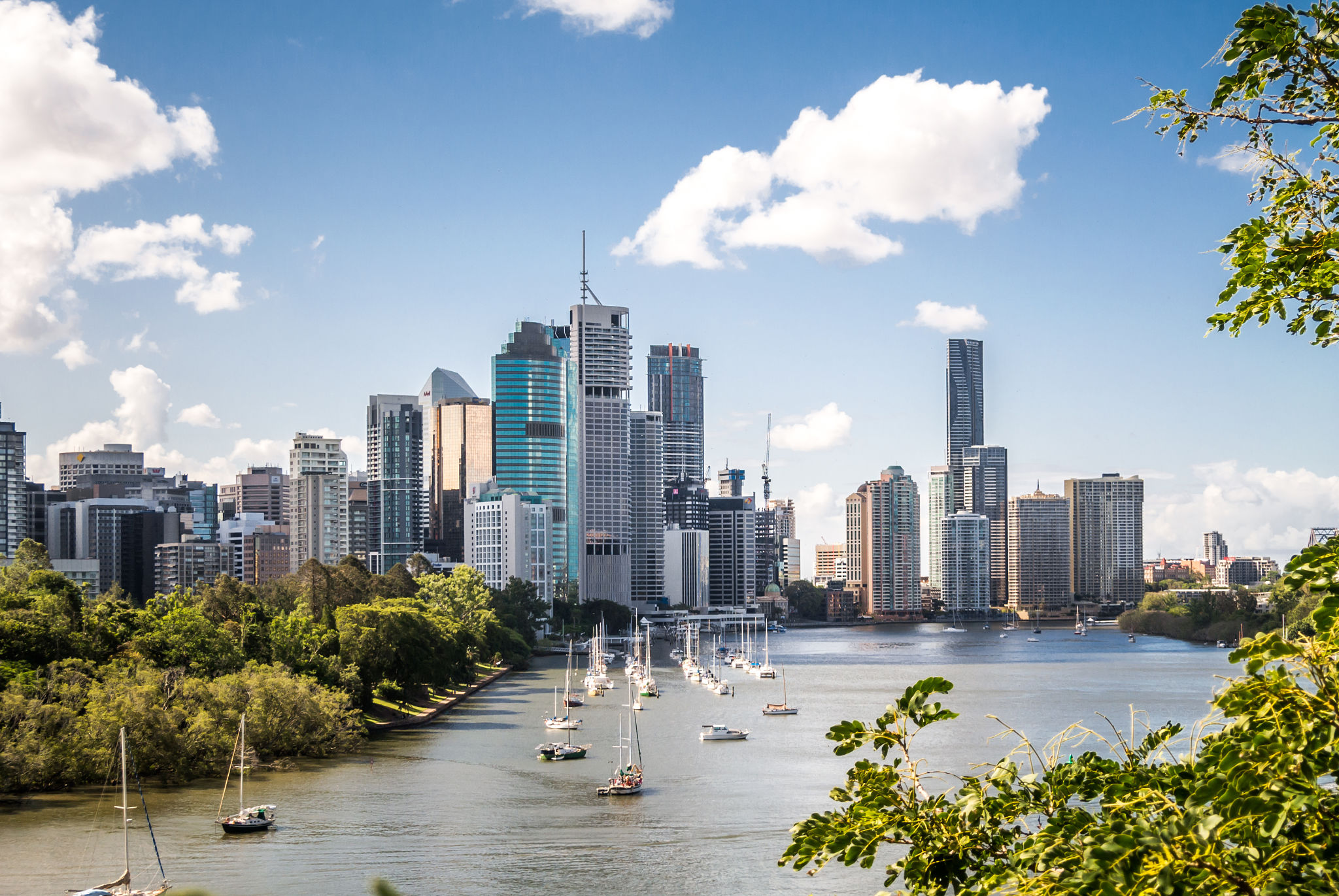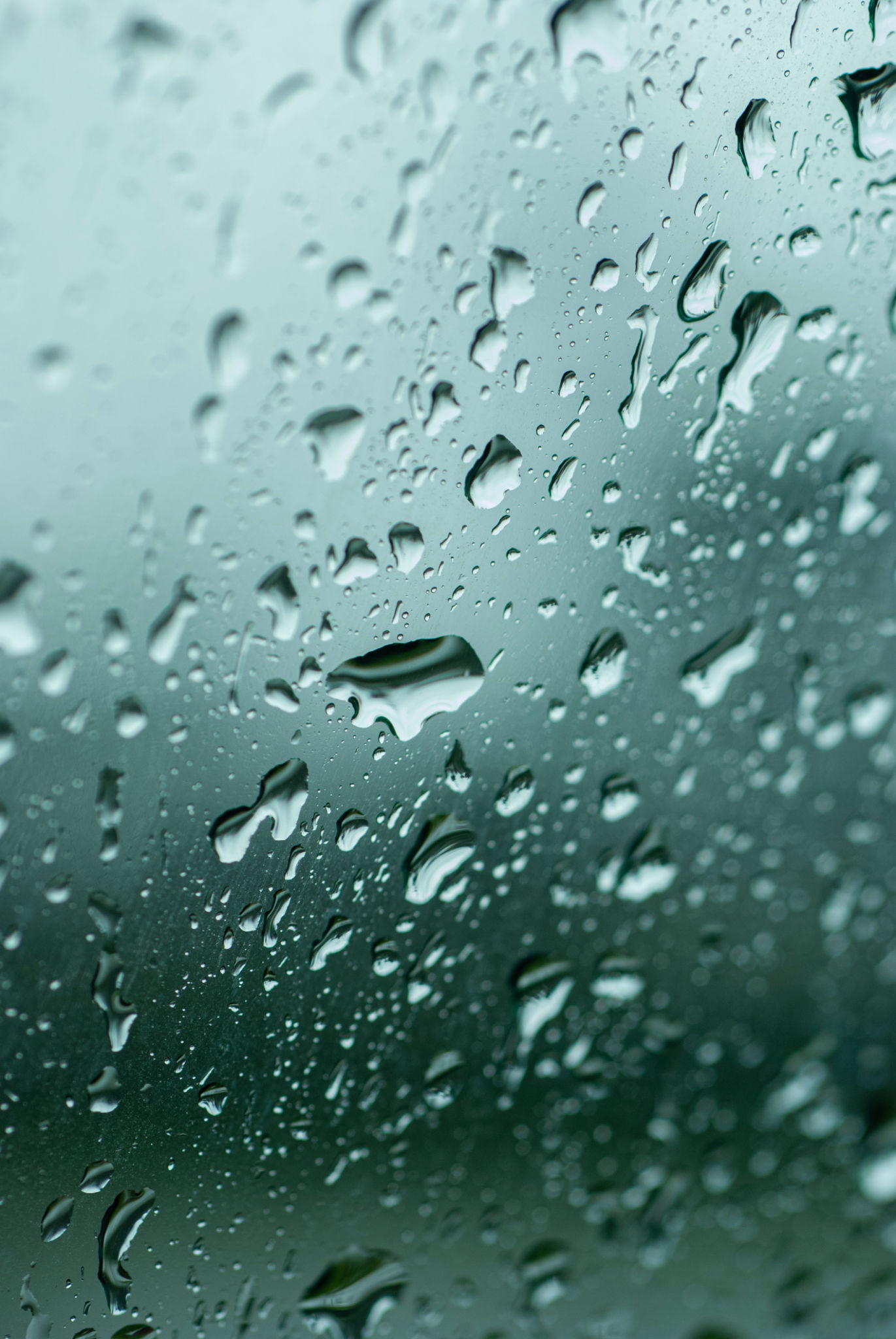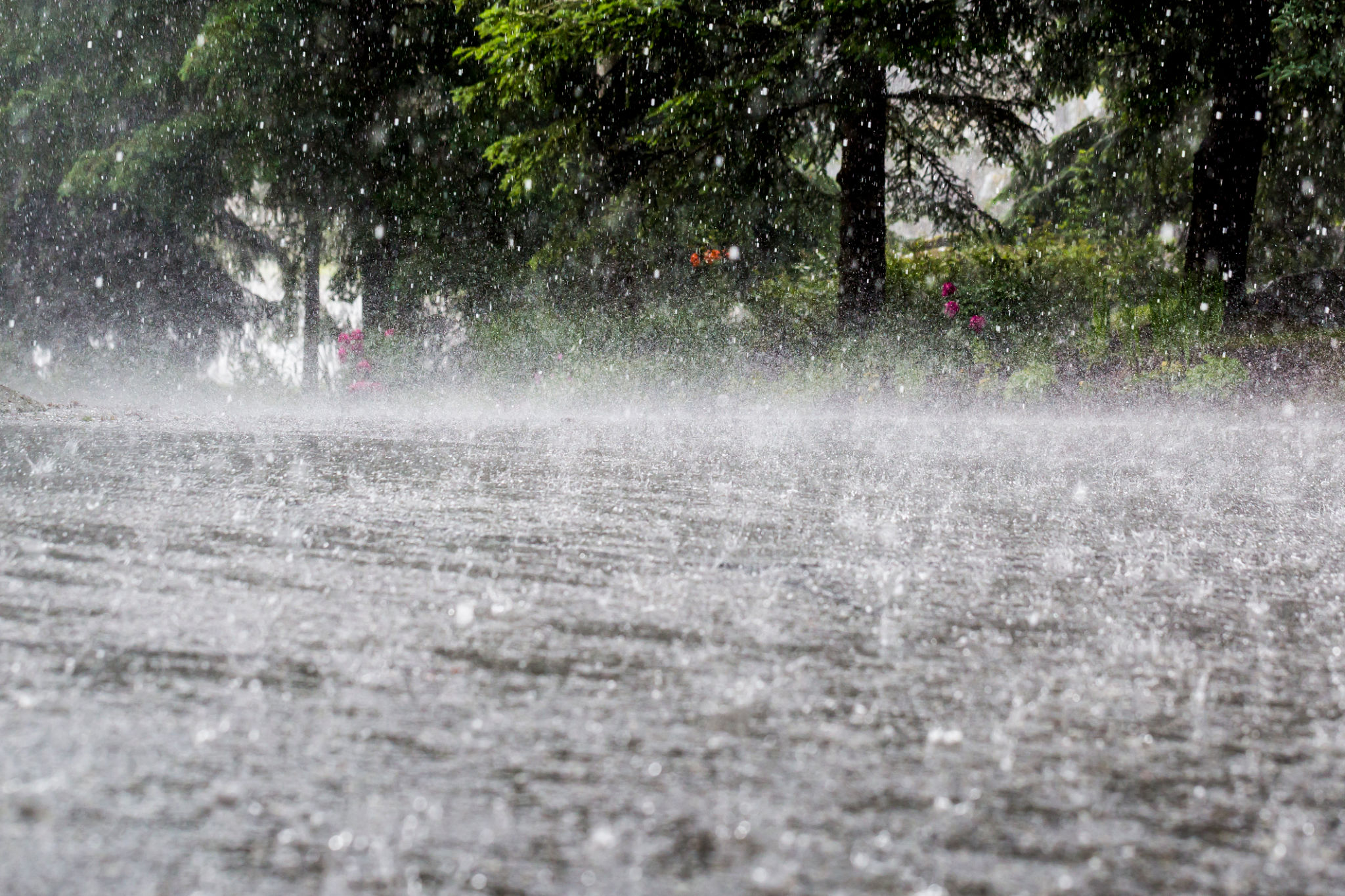Understanding the Impact of Brisbane's Climate on Concrete Durability
MB
Introduction to Brisbane's Climate
Brisbane, the capital city of Queensland, Australia, is known for its subtropical climate. Characterized by hot, humid summers and mild, dry winters, the climate poses unique challenges for various construction materials, particularly concrete. Understanding how these climatic conditions impact concrete durability is essential for ensuring the longevity and safety of structures in the region.

Temperature Fluctuations and Concrete
One of the primary factors affecting concrete durability in Brisbane is the significant temperature fluctuations between seasons. During summer, temperatures can soar above 30°C (86°F), while winter nights can drop below 10°C (50°F). This range of temperatures can cause thermal expansion and contraction in concrete, leading to potential cracking and structural weaknesses over time.
Thermal Expansion and Contraction
When concrete is exposed to high temperatures, it expands, and when the temperature drops, it contracts. This continuous cycle can create stress within the concrete, resulting in micro-cracks. Over time, these cracks can expand and compromise the integrity of the structure. To mitigate these effects, it's crucial to use expansion joints and other design techniques that can absorb the stress caused by thermal changes.
The Role of Humidity
Brisbane's high humidity levels, particularly during summer months, also play a significant role in affecting concrete durability. Humidity can lead to increased moisture content within concrete structures, which may cause issues such as efflorescence or even corrosion of reinforcing steel.

Moisture Content and Concrete Strength
The presence of excess moisture can weaken concrete by reducing its compressive strength. This is due to the fact that water can act as a lubricant within the concrete mix, making it more susceptible to deformation under stress. Ensuring proper curing techniques and using water-resistant admixtures can help maintain optimal moisture levels and enhance the durability of concrete structures.
Rainfall and Its Impact
Brisbane experiences significant rainfall during the summer months, which can further exacerbate issues related to concrete durability. Heavy rainfall can lead to water infiltration into concrete structures, increasing the risk of erosion and surface wear. It is important to incorporate proper drainage systems to minimize water exposure and prevent long-term damage.

Preventive Measures Against Rain Damage
To protect concrete from rain-induced damage, it is crucial to apply sealants and waterproof coatings that act as barriers against water penetration. Additionally, regular maintenance checks should be conducted to identify and repair any potential vulnerabilities before they become critical issues.
Conclusion
Understanding the impact of Brisbane's climate on concrete durability is essential for engineers, architects, and construction professionals working in the region. By taking into account factors such as temperature fluctuations, humidity levels, and rainfall patterns, it is possible to implement effective strategies that enhance the longevity and performance of concrete structures. Through careful planning and the use of innovative materials and techniques, Brisbane's infrastructure can withstand the challenges posed by its unique climate.
